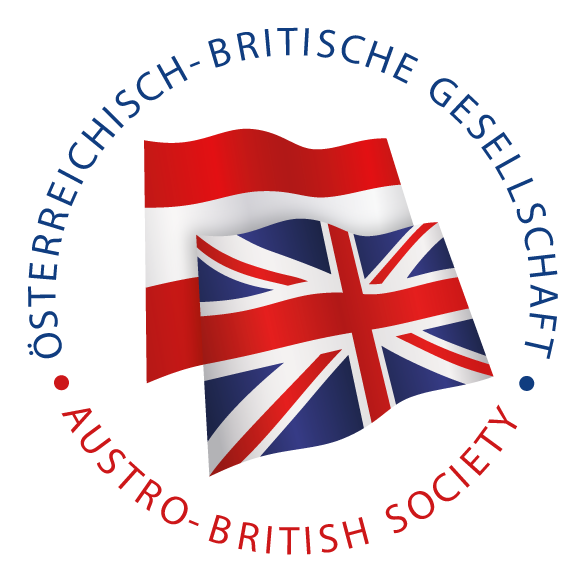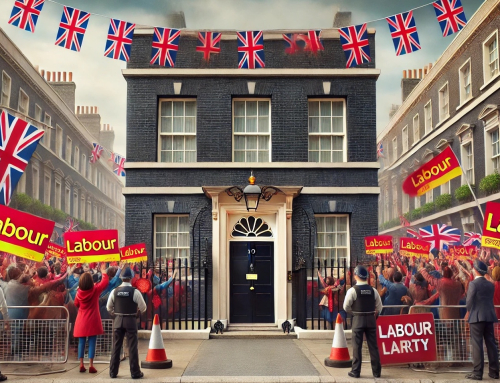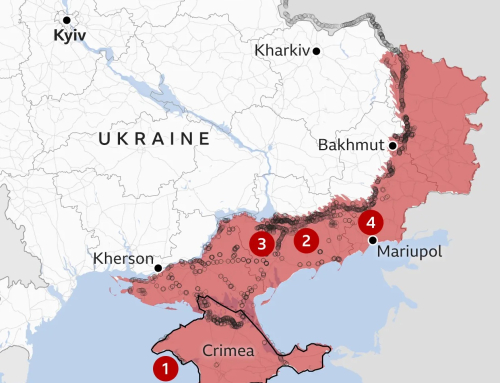Where the differences lie
by Jochen Ressel | with highly appreciated inputs from Melanie Sully, Wolfgang Geissler and Ian Murdoch
Spring has finally arrived, the snow has disappeared, and the warm and sunny period has started, making many of us think about plans for the summer season. Reason enough for us to look into historical and cultural differences between British and Austrian vacation traditions, which we like to bring closer to you in today’s Austro-British Society blog article.
The traditional Austrian „Sommerfrische”
The term „Sommerfrische“ (meaning “refresh in the summer season”), which was particularly widespread in the 19th century, is defined in the Brothers Grimm dictionary as a „recreational stay of city dwellers in the countryside at summer time“. Because of the industrialisation and the growth of the railway network, it became a habit for the upper middle classes to leave the hot cities in summer to live in their country houses they have built for themselves.
Hence, the first “Sommerfrische” hotspots developed along the railway routes, e.g. along the Südbahn, which leads from Vienna to Triest (at that time Austrian territory). So the Semmering, the area around the mountain Rax, approx. 80 km away from Vienna, and some bathing resorts like Bad Vöslau or Baden closer to Vienna became popular, as well as the more distant lake region of Carinthia, today Austria’s most southern state.
As Austria’s territory extended much further south at that time, the so-called „Austrian Riviera“ was also very popular – especially the famous seaside resort of Abbazia, now part of Croatia (today called “Opatija”).
Looking towards the west, it was the region anlong river Kamp and especially the Salzkammergut which became famous, mainly because Austrian’s top-aristocracy decided to spend their summers in Bad Ischl, Bad Aussee and alongside the beautiful and picturesque lakes, like the Attersee, the Wolfgangsee or many others in that region. And finally, it can be mentioned, that also my hometown, Mariazell as Austria’s national sanctuary, hosted guests from the big cities during the summer, who travelled to this a bit secluded area in the northern Styrian mountains using the traditional “Mariazellerbahn”, a railway connection established in 1898, for visiting the Holy Magna Mater Austriae combined with hunting trips and hiking the hills. The region’s attractiveness raised, as Archduke Johann of Austria settled there.
But the Austrian “Sommerfrische” was much more something for the elites than for common people of the working class. From end of June to end of August, you could find all sorts of famous people in the beforementioned areas: painters, actresses and actors, poets, composers, musicians, as well as members of the aristocracy and the economic elite including factory owners, bankiers and others. Writters even filled books with funny episodes during their “Sommerfrische”, e.g. “Tante Jolesch”, written by Friedrich Torberg.
Those Viennese social classes who could not afford to stay in one of the noble resorts preferred simpler but nevertheless relaxing summer resorts in the Wienerwald area (the forests surrounding Vienna), the Weinviertel and Waldviertel (north and north-west of Vienna).
A totally different picture in Britain
The „Holiday Camp“ is the British equivalent of the Austrian “Sommerfrische” referencing the habit of staying the enitre summer in one location. But it was not the upper middle classes for which those ressort have been established, but much more for the working people. Cunningham’s Young Men’s Holiday Camp at Douglas on the Isle of Man is sometimes regarded as the first holiday camp, but it differed as accommodation was even still in tents. Cunningham’s was still open by the time when Billy Butlin opened his first camp in 1936. His camps should become famous, as by the outbreak of World War II, Butlin had two camps and a third under construction. By 1939, there were already around 200 holiday camps in the UK at different seaside locations.
Areas that would have been classified as “Sommerfrische” regions if they had been populated by Austrians, such as Blackpool or Brighton, had a fundamentally different character as they were (and still are) much more weekend hotspots or for short stays.
ABS boardmembers contributed, that they remember the time of their childhood in the 1950’s and 1960’s when they went on most weekends to the beach – with their dog, even if dogs were not allowed at that time… – or the two-week summer holiday by the English seaside, complete with bucket and spade which was standard practice for families with young children. Building sandcastles on the beach or playing cricket were part of a child’s upbringing.
Hence, the preferred accomodation in those regions is the traditional B&B – “Bed & Breakfast” – focussing on modest comfort at affordable prices and not – as it was common in equivalent areas in Austria – owning a country house.
As I referred to Cunningham and Butlin already before, another name significant in this context must be mentioned: Thomas Cook, founder of the travel agency Thomas Cook & Son. He „invented“ mass tourism by making UK people travel to Italy by creating circular tickets which could be used on almost all Italian railways. These tickets allowed travel by train for a preset number of days along predetermined routes. Additionally, he offered hotel coupons to complement these circular tickets, which could be used for accommodation and meals at designated locations.
But what did the middle upper classes and the aristocracy during the summer season? Did they stay in London or any other big city? Not at all. It should be taken into account that the aristocracy often lived in the countryside anyway and owned extensive estates with wonderful castles. There was, therefore, no need for this class to exchange one country estate for another to spend the summer – with one exception: They used their own castles in the cooler north of the country, in Scotland or Ireland, to spend extended hunting holidays. Just remember that the Royal Family still spends the summer season at Balmoral Castle in Scotland.
As being the British Empire, their vacation approach was much more international. Hence, the aristocracy and upper middle class mainly took cultural trips throughout the Mediterranean region including North Africa, where there were also a number of British-administered destinations, or even to the British colonies overseas.
And what about SpA’s in Austria vs. the UK?
The term “SpA” is well-known today, but hardly anyone knows that this is the abbreviation of the Latin “Sanus per aquam” (“health through water”). As Austria lies geologically in an area of former volcanic activity, there are many hot and cold healing springs, many of which developed into so-called „Kurorte“ (“Kur” obviously related to “cure”) which became vacation hotspots for the high society.
The most famous were Karlsbad, Marienbad and Teplitz (today all part of the Czech Republic), as well as SpA’s in Hungary like Bad Hévíz, the Austrian Bad Gastein and many other villages having “Bad” in its name, as some of them already mentioned before.
This leads us to „Bath“ in England, famous for its Roman baths, which were developed from the only hot spring in Britain already in the year 43 anno domini by the Romans living here. From the time of Elizabeth I, Bath developed more and more into a health resort for the wealthy population. But as no other healing springs are known, the entire topic never gained the importance of spending a vacation there as it was in Austria. Instead, wealthy Britons went to Belgium, for example, to enjoy the SpA’s there (motorsport fans all know „SpA Francorchamps“, the venue of one of the most famous and traditional Formula 1 races).
Covid19 reinforced the traditional “Sommerfrische”
Interestingly, the Covid pandemic affected the way we planned our summers reasonably the last years – no difference if living in Britain or in Austria. As flight connections were very limited, entrance to other countries mainly allowed for business reasons only and accomodation as hotels and B&B were closed, vacations in the own country was the only way to find relaxation. In Austria, the traditional “Sommerfrische” resorts as mentioned before had extensive growth rates after years, where people intended to explore the entire globe. Many found out, which beautiful countries we live in – if in the UK or Austria – and we have rediscovered an appreciation for all the beauty that is so close to the places we live and which are just around the corner.
Now, as multiple flight connections are reestablished again and travel restrictions disappear it’s upon us to decide for the summer ahead. Whatever you may choose: Enjoy planning your next vacation!
The Austro-British Society is looking forward to your views and comments!







